

the seo keyword is “fashion brand identity”,you should contain it appropriately: Levi’s launched a new commercial for the summer, continuing its “活出趣” or “Live out the fun” campaign in China. The slogan “活出趣” is an adaptation of Levi’s’ global brand campaign “Live in Levi’s.” The Chinese Levi’s commercial features actor Shawn Yue and singer Ivy Ai having a fun pool party with friends, and calls on the audience to “live out the fun” in life (as opposed to “stay in”). The commercial seems exciting, cool, bold and individualistic, but is it really?

From Vancl to Nescafe, in recent years, we are noticing many brands from different industries advocating the same idea: a promotion of youth and individuality – to have fun, to explore, be bold, and be yourself.
The rise of the “Young and Individualistic” trend in China finds its roots in strategic brand initiatives. Adidas Originals, a trailblazer in shaping fashion brand identity, initiated the transformative “Celebrate Originality” campaign in 2008. Beyond reinforcing the brand name, this campaign established a unique identity for Adidas Originals within the broader Adidas brand. The result has been the successful cultivation of a bold and edgy image, aligning seamlessly with the preferences of today’s youth.
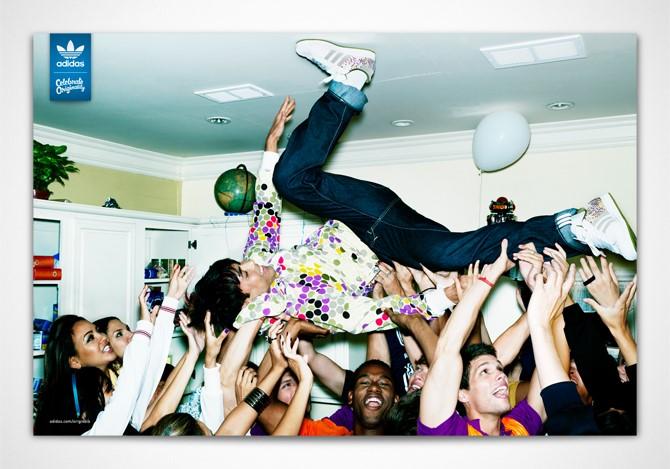
Till this day, Adidas Originals is not afraid of having controversial personalities such as Edison Chen and Nicki Minaj as their brand ambassadors.
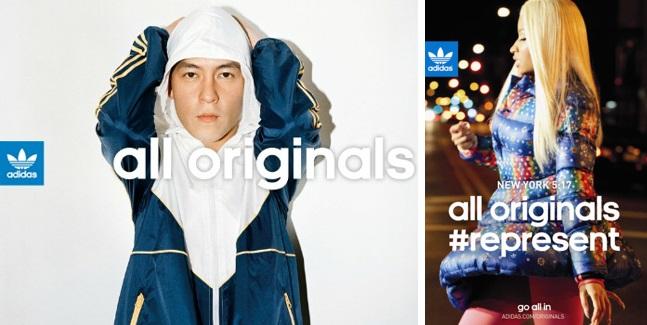
Turning the clock further, even before Adidas, China’s home-grown apprarel brand Meters/bonwe already had the idea in 2003. Do you still remember the famous quote “Don’t Walk the Usual Way” (不走寻常路) by Jay Chou? This line was a perfect fit for the brand embassador’s image. Throughout the years, Meters/bonwe has been consistently communicating this message in several variations. Different from Adidas Originals, Meters/bonwe positions itself as a mass market brand, putting big budgets in brand implementation in Hollywood blockbusters such as Transformers.
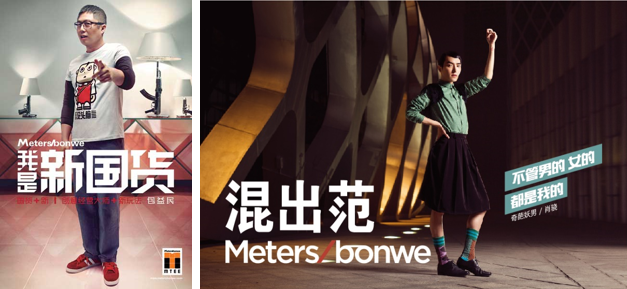
There is no doubt that “individuality” and “boldness” are powerful and effective messages for the younger generations. Chinese youngsters in particular are eager to shake off what are conventionally expected of them, fighting to become independent and daring. This concept not only appeals to such mindset, but also provides ample room for creative expressions in visual and verbal communications.
As more and more brands are gravitated towards the same idea, the “original” message becomes common and repetitive. In fact, the visuals of such brand campaigns often seem similar as well: they often use bright colors with a retro feel, have one person acting cool or a group of young people having fun, and a one-liner slogan in large font. Eventually for brands, as opposed to appearing cool and unique, they disappear in the big idea, losing differentiation. As consumers, we no longer get inspired.
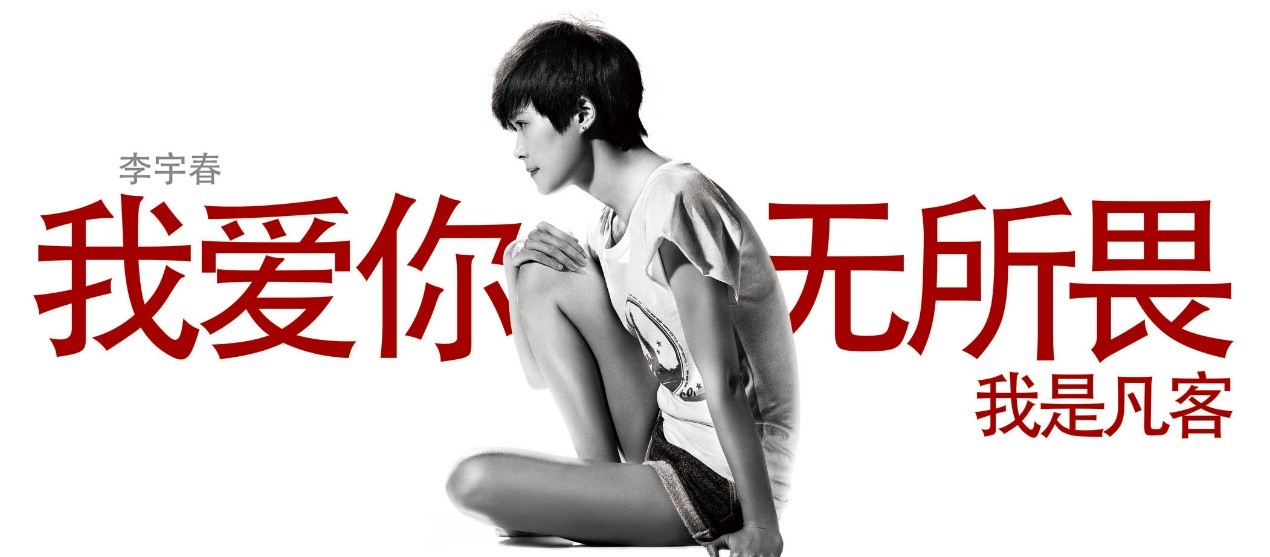
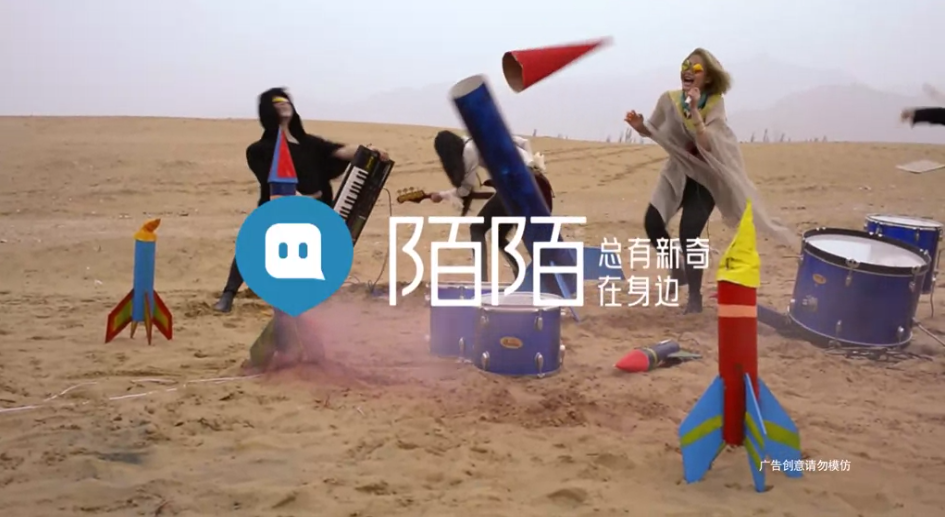
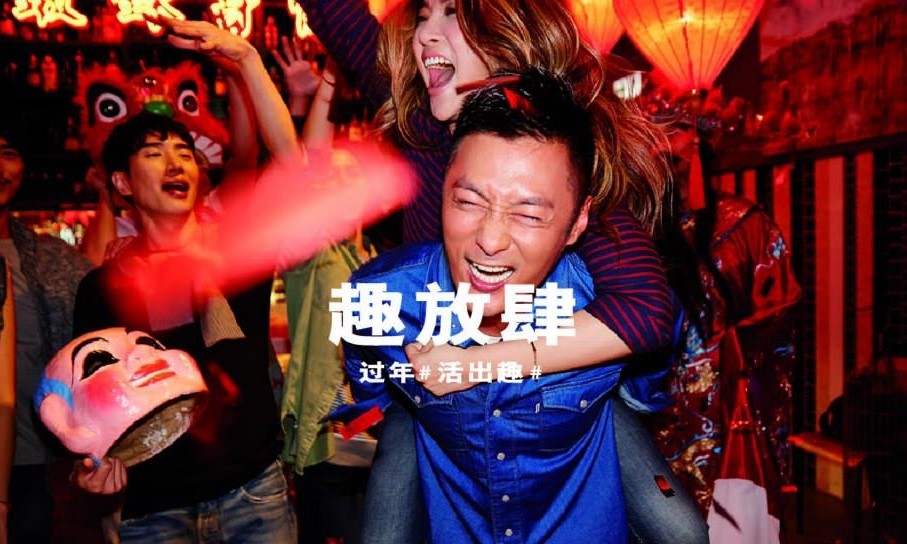

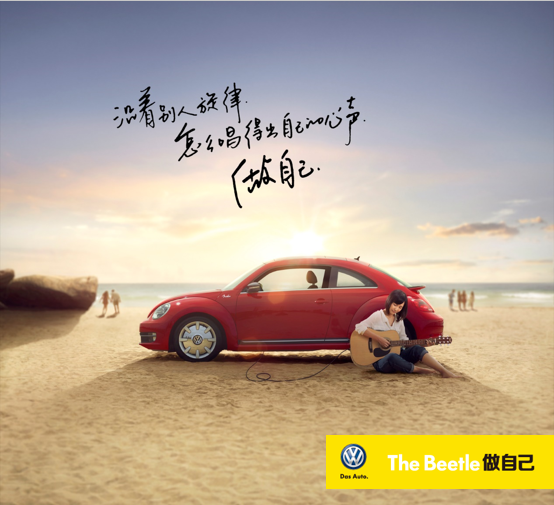
When brands find ideas for their marketing campaigns, it is always a good idea to look back at their brand identity, and find a way that aligns with their core communication strategy. For Levi’s, it is likely that the brand is trying to reposition itself from a denim maker to a fashion brand in the Chinese market. But could they have had a different approach? What we are trying to say is that the “cool way” isn’t the only way. We look forward to seeing more differentiating brand campaigns that truly enhance the brand.
A Labbrand Group Company © 2005-2024 Labbrand All rights reserved
沪ICP备17001253号-3* Will be used in accordance with our Privacy Policy
To improve your experience, we use cookies to provide social media features, offer you content that targets your particular interests, and analyse the performance of our advertising campaigns. By clicking on “Accept” you consent to all cookies. You also have the option to click “Reject” to limit the use of certain types of cookies. Please be aware that rejecting cookies may affect your website browsing experience and limit the use of some personalised features.